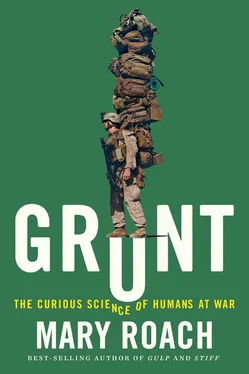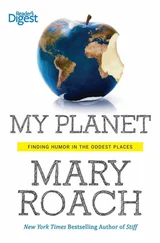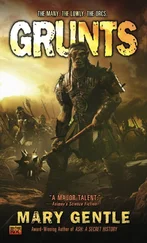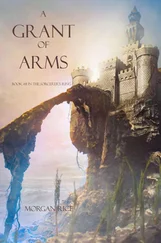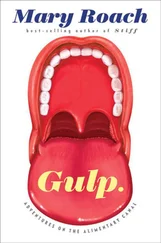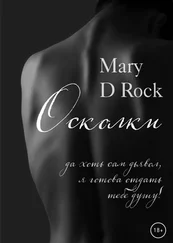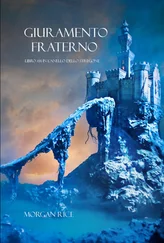While we are on the topic of hot, uncomfortable military intimates, a word about Kevlar underwear. A version of which was successfully marketed to the British Army: Blast Boxers [10] Referred to casually as the “combat diaper” or “blast diaper.” But not “codpiece.” Possibly because codpieces likely had nothing to do with genital protection—or fashion, for that matter, or cod. C. S. Reed, writing in the Occasional Medical History Series of the Internal Medicine Journal , speculates that codpieces were worn to cover syphilitic buboes (swollen, inflamed lymph nodes) and the “bulky woolen wads” used to absorb the “foul and large volumes of mixed pus and blood… discharged from the genital organs.” It’s all speculative, because the fabric codpieces, the pus, and the woolens have all disintegrated in the intervening centuries. We do have Henry VIII’s suit of armor, which features a codpiece like the nose of a Cessna, but historians now say there’s no evidence the king had syphilis. The only thing I can say for sure is that Bubo (in Kuwait City) is an even less appealing name for an eating establishment than Bursa (San Francisco).
—protection against life-altering injuries.
“There was some controversy over this,” Accetta says.
LaFleur’s large, beautiful eyes widen. “She’s recording you.”
“Which I started.”
Fox News had called, asking why the Brits had bombproof underpants and our guys didn’t. “No such thing,” Accetta told the reporter. He said they were working on something else, and then he got off the call and dialed the Natick ballistic protection guys. What in fact were they working on? Silk underwear, said the ballistics guys. No, really , they said. Unlike other naturally breathable textiles—cotton, say—silk doesn’t fragment and riddle a wound with bits of fiber that can seed infection. It’s surprisingly strong. Spider silk, specifically, has a better strength-to-density ratio than steel. (Natick at one time had a “spider room” in the basement of Building 4 and a team of scientists working to parse the unique protein structure of spider webbing in order to synthesize it.)
Despite its strength, silk doesn’t inspire confidence. Kevlar does that. People don’t realize that a khaki-weight Kevlar (or its newer cousins Spectra and Dyneema) doesn’t stop bits of metal packed into improvised explosives. For that you’d need fifteen to forty plies—far too heavy for underwear. What Blast Boxers stop is dirt and sand launched by buried bombs. That is important, because dirt carries fungi and bacteria that can cause deep-lying, hard-to-conquer infections in a wound. Blast Boxers are excellent. But they are most assuredly not, as the advertising material implied, bombproof. “Honestly,” Accetta says, “if the insurgents can make a bomb big enough to blow up a seventy-ton M1 tank, they can certainly make a bomb that’s going to blow up your underwear.”
2. BOOM BOX
Automotive Safety for People Who Drive On Bombs
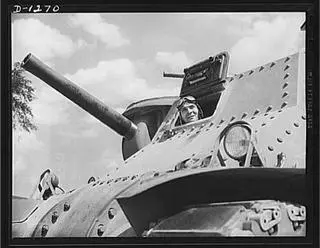
AS SOMETIMES HAPPENS IN rural America, someone has shot up a road sign. The sign—a right-turn arrow on a yellow background—stands on a paved lane along the edge of Chesapeake Bay. Given the gape of the hole and the fact that the road traverses Aberdeen Proving Ground, there’s a good chance it wasn’t made by a bullet. A proving ground is a spread of high-security acreage set aside for testing weapons and the vehicles meant to withstand them. In the words of the next sign up the road: Extreme Noise Area.
I’m headed for Aberdeen’s Building 336, where combat vehicles come to be up-armored—as the military likes to up-say it—against the latest threats. Mark Roman, my host this morning, oversees the Stryker “family” of armored combat vehicles. He’ll be using them for an impromptu tutorial in personnel vulnerability: the art and science of keeping people safe in a vehicle that other people are trying to blow up.
My extremely uneducated guess is that some sort of shaped charge hit that sign. A shaped charge is an explosive double whammy used for breaching the hulls of vehicles and harming the people inside them. The first blast propels the murderous package to its target. On arrival, the impact detonates a wad of explosives packed inside. The blast slams a metal disc positioned in front of the explosives. Combined with the weapon’s contour, the energy of the blast shapes the metal into an extremely fast, close-range projectile that can punch through the hull of an armored vehicle with little trouble. RPGs (rocket-propelled grenades) are the ones most people have heard of, though there are ever bigger, deadlier iterations. Defense Industries of Iran is said to have one that can push through 14 inches of steel. Shooting a traffic sign with a shaped charge is like using a leather punch on a Kleenex.
By and large, an army shows up to a war with the gear it has on hand from the last one. The Marines arrived in Iraq with Humvees. “Some of the older ones had canvas doors ,” says Mark, who was one of those Marines. His hair has since gone silver, but he’s retained the ready, let’s-do-this physicality that the Marine Corps seems to impart. When I asked a question about a new blast-deflecting chassis, he grabbed some wheeled mechanics’ boards and we rolled beneath a Stryker and finished the conversation on our backs.
Early on in Iraq, the Army tried plating vehicles with MEXAS armor panels, which work well against heavy machine-gun fire. “We were like, crap, ” Mark recalls. “This does not stop an RPG.” You might as well have armored your vehicle with right-turn signs. Another thought was to add tiles of reactive armor, a sort of exploding Pop-Tart affair. When an RPG hits it, the filling explodes. This outward-directed blast serves to negate the blast of the RPG—and any passing pedestrian. Given that much of the fighting during the first Iraq conflict took place in urban areas—and was ostensibly an effort to “win hearts and minds” among the populace—reactive armor would have been a poor choice.
Besides, something cheaper and simpler had been found to work. Mark rolls out from under and leads the way to another Stryker, this one in a hoopskirt of heavy-duty steel grating called slat armor. The nose of an incoming RPG gets pinched between two slats, which duds it. It’s like squeezing your nose to stop a sneeze: It either prevents the explosion from happening or blocks the expulsion of nasty stuff. Either way, it proved effective. Strykers would lumber back to base like up-armored hedgehogs, bristling with RPGs. Slat armor worked so well that Iraqi insurgents largely gave up on RPGs.
And switched to making bombs. Early on in the Iraq war, improvised explosive devices were hidden on the sides of roads. Since these IED blasts hit vehicles broadside, the Army responded by flanking them with armor plates and replacing windows with “Pope glass”—two-inch thick transparent armor of the type that keeps His Holiness whole on his own tours of duty. Better, but it left the machine-gun turret exposed. Platoons tried piling sandbags up there, but they’d burst apart and literally sandblast the gunner. More ballistic shielding was added.
And thus more weight. All the added armor had Humvee engines screaming and straining on the uphills, and brakes burning out on the downs. Safety modifications on the Strykers added 10,000-plus pounds—far more than the vehicle was built to handle. You can beef up the suspension and tires, replace the engine—all of which was done—but you’ve still got problems. Past a certain tonnage, an armored vehicle begins to Godzilla the landscape. It breaks up asphalt, collapses levees. Exceeds the cargo capacity of the planes that deliver it. For every piece of armor and reinforcement, people like Mark would be called on to ditch something of similar weight. And the Stryker was never a lushly appointed vehicle. There is no onboard toilet. (There are empty Gatorade bottles.) The early ones didn’t even have air-conditioning. I tell Mark I’m glad to see some cup holders were left in place. I recognize the brief, polite silence that follows. It’s Mark Roman rendered mute by the fullness of my ignorance. They’re rifle holders.
Читать дальше
